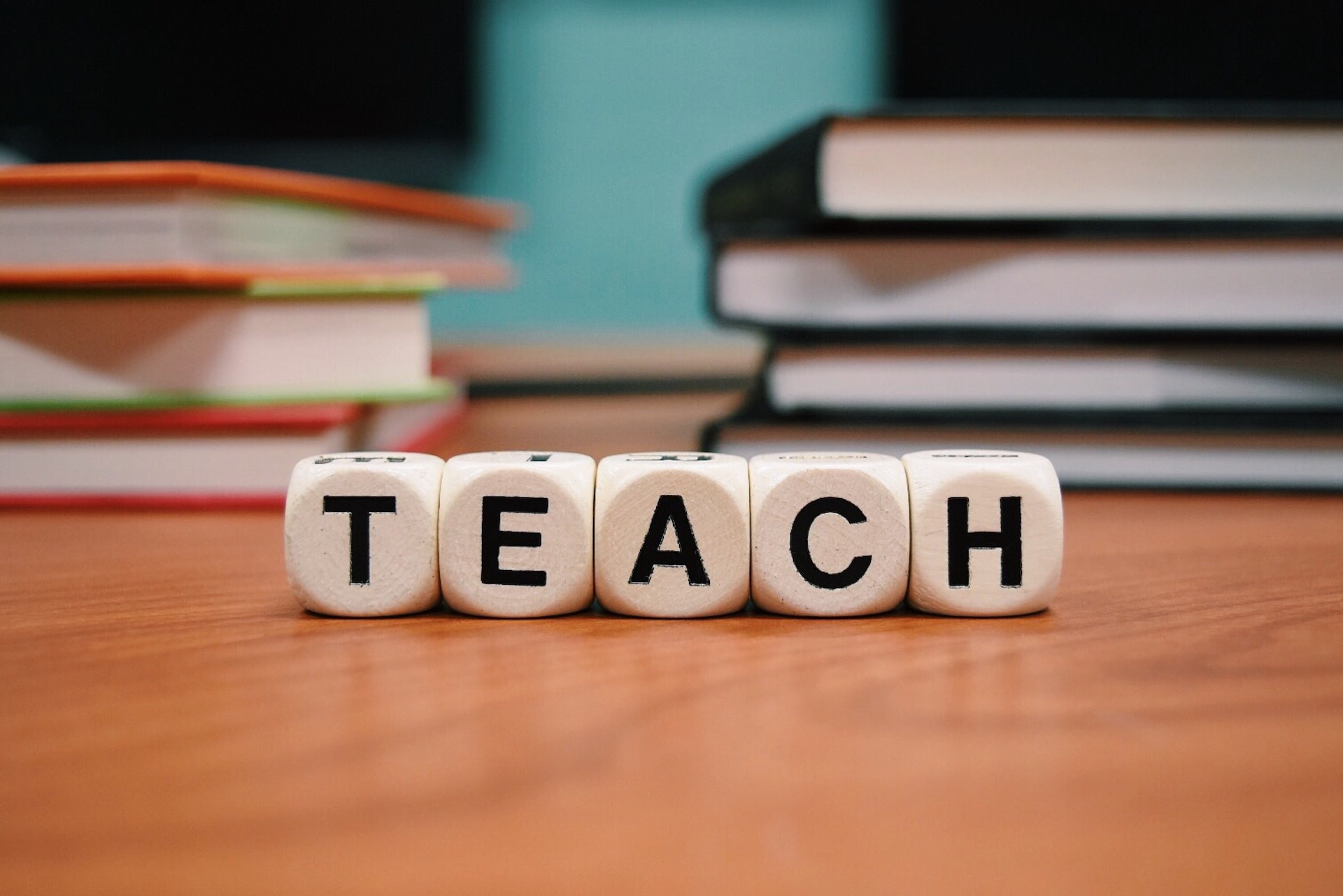Effective Teaching Strategies Every Educator Should Know

As an educator, it’s important to use effective teaching strategies to engage and inspire your students. Not all strategies work for every student or every subject, so it’s important to have a variety of tools in your teaching toolbox.
In this article, we’ll explore five effective teaching strategies that can help you reach and motivate your students.
Use Active Learning Techniques
Active learning is a teaching approach that encourages students to take an active role in their learning process. This approach involves engaging students in activities that promote critical thinking, problem-solving, and decision-making skills.
Active learning techniques can take many different forms, such as group discussions, peer teaching, case studies, simulations, and role-playing. The main goal of active learning is to help students retain information better and to apply what they have learned in real-life situations.
One effective active learning technique is the use of group discussions. Group discussions can help students to learn from one another, to practice effective communication and collaboration skills, and to develop a better understanding of complex concepts. Another effective technique is the use of case studies.
Case studies allow students to analyze real-life situations and to apply their knowledge to solve problems. Simulations and role-playing can also be effective active learning techniques, as they allow students to experience the consequences of their actions in a safe and controlled environment.
By adopting active learning techniques, educators can create a more dynamic and engaging classroom environment that encourages students to take an active role in their own learning process. This approach can also help to improve retention rates and to promote critical thinking and problem-solving skills.
Incorporate Technology
Incorporating technology into the classroom can be an effective way to enhance the learning experience for students. Technology can be used in many different ways, such as online quizzes, videos, interactive whiteboards, and educational apps. The use of technology can help to engage students in the learning process and to make learning more interactive and engaging.
One effective way to incorporate technology into the classroom is through the use of online quizzes. Online quizzes can be used to assess student knowledge and to provide immediate feedback.
Videos and interactive whiteboards can also be effective tools for presenting information in a visually engaging way. Educational apps can be used to reinforce key concepts and to provide students with opportunities for independent learning.
It’s important to note, however, that technology should be used in a thoughtful and purposeful way. Educators should strive to strike a balance between traditional teaching methods and the use of technology and should ensure that technology is used to enhance, rather than replace, face-to-face interactions with students.
Differentiate Instruction
Differentiating instruction is an approach to teaching that recognizes that students have different learning styles, interests, and abilities. This approach involves tailoring instruction to meet the unique needs of each student, rather than using a one-size-fits-all approach to teaching. Differentiating instruction can take many different forms, such as adjusting the pace of instruction, providing different types of assignments, and using a variety of teaching strategies.
One effective way to differentiate instruction is to use formative assessment techniques. Formative assessment involves ongoing assessment of student progress, rather than relying on a single summative assessment at the end of a unit or course.
This approach can help educators to identify areas where individual students may be struggling and to adjust their instruction accordingly. Another effective technique is to provide students with different types of assignments, such as visual assignments or hands-on projects, to cater to different learning styles.
By adopting a differentiated instruction approach, educators can create a more inclusive and supportive learning environment that caters to the unique needs of each student. This approach can also help to improve student engagement and motivation.
Provide Frequent Feedback
Providing frequent feedback to students is an important aspect of effective teaching. Feedback can help to reinforce positive behavior and to identify areas where individual students may need additional support. Feedback can take many different forms, such as written comments, verbal feedback, and peer feedback.
One effective way to provide feedback is to use rubrics. Rubrics provide clear and specific criteria for evaluating student work and can help to ensure that feedback is consistent and fair. Another effective technique is to use self-assessment and peer assessment techniques, which allow students to evaluate their own work and the work of their peers.
It’s important to note that feedback should be constructive and meaningful. Feedback should be focused on specific areas where students can improve, rather than simply pointing out errors or mistakes. By providing meaningful feedback, educators can help to foster a growth mindset in their students and to promote continuous learning and improvement.
Foster a Positive Classroom Environment
Creating a positive classroom environment is an important aspect of effective teaching. A positive classroom environment can help to promote student engagement, motivation, and learning.
There are many different ways to foster a positive classroom environment, such as creating a welcoming and inclusive space, promoting positive behavior, and building strong relationships with students.
One effective way to promote positive behavior is to use positive reinforcement techniques. Positive reinforcement involves recognizing and rewarding positive behavior, rather than simply punishing negative behavior. Another effective technique is to create a culture of respect and inclusivity in the classroom, where all students feel valued and supported.
By fostering a positive classroom environment, educators can create a safe and supportive learning environment where students feel empowered to take risks and learn from their mistakes. This approach can help to improve student engagement and motivation and to promote a love of learning that can last
And, finally, to conclude.
By implementing these effective teaching strategies, you can transform your classroom into a dynamic and engaging learning environment. Remember to always be open to trying new approaches and techniques, and to tailor your strategies to meet the unique needs of your students.





